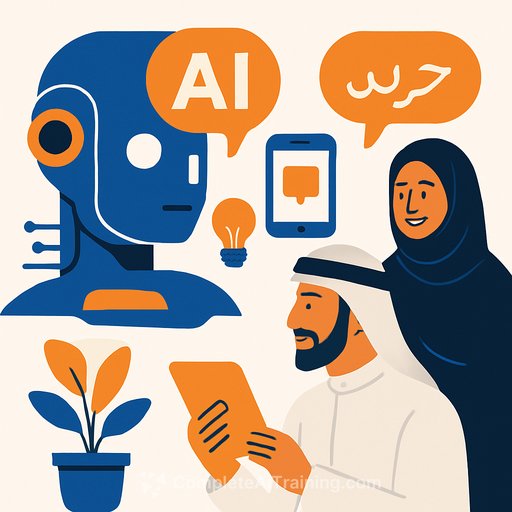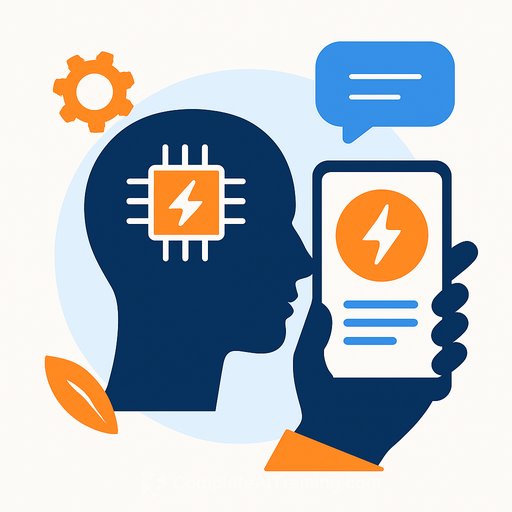AI and the Future of Arabic Communications
Artificial intelligence is no longer a distant idea. It’s actively influencing journalism, education, healthcare, and especially communications and advertising in the Arab world. This area is complex—it touches on emotion, language, culture, and even politics.
For professionals in Arabic communications—advertisers, copywriters, PR experts, and media planners—the key question is: Can AI improve how we connect with Arab audiences, or will it strip away the essence of our messages?
The Opportunity: Scale, Speed, and Smart Insights
AI offers clear advantages. Automated content creation, real-time analytics, audience segmentation, and personalised ad targeting have become essential tools. Brands can now deliver localised messages across 20+ Arab countries and their many dialects. Copywriting, optimisation, and testing happen in minutes. Voiceovers can reflect different Arabic accents. PR pitches can be customised for specific journalists using natural language processing.
This shift benefits small agencies and freelancers, providing access to tools that were once exclusive to big companies. For corporations, AI supports consistent and smarter messaging across all platforms—from billboards to social media.
The Challenge: Language Nuance and Cultural Sensitivity
Arabic is more than a language; it’s a rich cultural universe. It includes Classical Arabic and multiple dialects like Levantine, Gulf, Egyptian, and Maghrebi. Each dialect carries unique cultural codes, humour, taboos, and expressions. What resonates in Riyadh might not in Casablanca, and what sounds poetic in Beirut could seem out of place in Khartoum.
Most AI models are trained on English data. Even those supporting Arabic perform better with formal language, missing the informal and emotional tones vital for advertising and PR. When AI writes in Arabic, does it truly understand the language’s rhythm, or is it just translating English? Does it grasp how Arab audiences interpret concepts like honour, family, or pride? These questions cut to the core of effective communication in the region.
The Risk: Homogenisation and Cultural Dilution
Relying heavily on AI, especially if based on English frameworks, risks producing generic or inauthentic messages. Worse, it can erode the cultural richness of Arabic advertising. Some campaigns already feel like weak replicas of Western ideas with Arabic as an afterthought.
This isn’t just a creative issue—it’s cultural. When brands lose touch with how Arabs laugh, argue, dream, or celebrate, they lose relevance. In a region facing globalisation and identity challenges, communication must do more than sell; it must connect and resonate deeply.
The Way Forward: Human-AI Collaboration
The answer is not to reject AI but to redefine its role. AI should assist creatively, not lead. It can suggest headlines, draft translations, analyse sentiment, and test audience reactions. But final Arabic messages need human review and refinement by those who understand the cultural heartbeat.
Communications professionals in the Arab world must lead efforts to train AI with better Arabic datasets—including dialects, poetry, slang, proverbs, and emotional nuances. They should push for tools that recognise the diverse cultural contexts across the Middle East and North Africa.
There’s a strong opportunity to create AI tools built by Arabs for Arabic communications. Tools that know the difference between Najdi and Hijazi dialects, and can adapt a message precisely for Cairo, Dubai, or Riyadh audiences. This approach can help preserve and celebrate Arab linguistic diversity in this AI era.
Final Thought: It’s Not Just About Tech, It’s About Trust
Communication is fundamentally about trust. Brands earn it by speaking their audience’s language—not just linguistically but emotionally and culturally. AI can assist, but only if guided carefully.
The future of Arabic communications won’t be shaped by AI alone, nor will it survive without it. It belongs to those who balance cultural insight with technology. That is the real challenge for Arab communicators today: blending tradition and innovation into a voice that feels truly authentic.
Your membership also unlocks:






